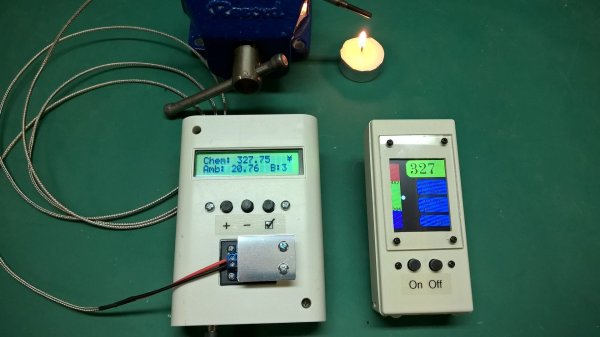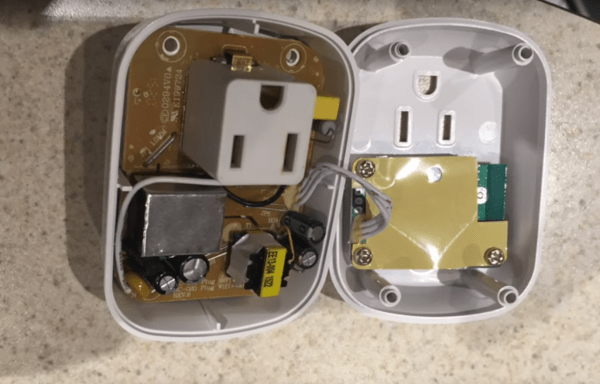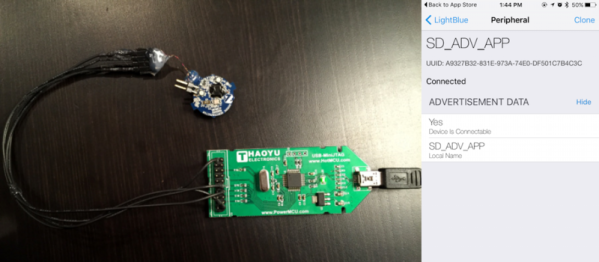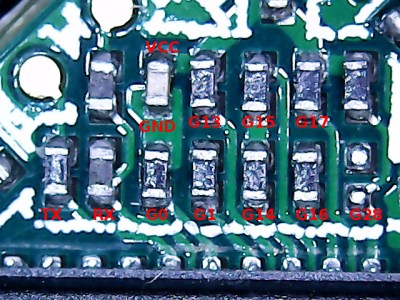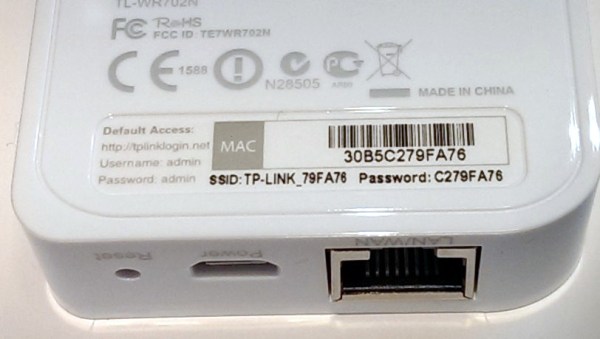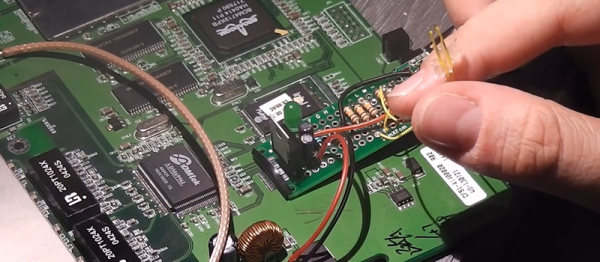[Michel] has a wood stove in his basement for extra heat in the winter. While this is a nice secondary heat source, he has creosote buildup in the chimney to worry about. [Michel] knows that by carefully monitoring the temperature of the gases in the chimney, he can hit the sweet spot where his fire burns hot enough to keep the creosote under control and cool enough that it doesn’t burn down the house. To that end, he built a wireless wood stove monitor.
The first version he built involved an annoying 20 foot run between the basement and living room. Also, the thermocouple was mounted on the surface and made poor contact with the chimney. Wood Stove Monitor 2.0 uses a probe thermometer on an Exhaust Gas Temperature (EGT) thermocouple to measure the temperatures. The intel is fed to a thermocouple amplifier to provide a cold-compensation reference. This is shielded so that radiant heat from the stove doesn’t compromise the readings. An nRF24L01+ in the basement monitoring station communicates with another module sitting in the living room display so [Michel] can easily find out what’s going on downstairs. When it’s all said and done, this monitor will be part of a bigger project to monitor power all over the house.
Interested in using a wood stove to help heat your house? Why not build your own?

